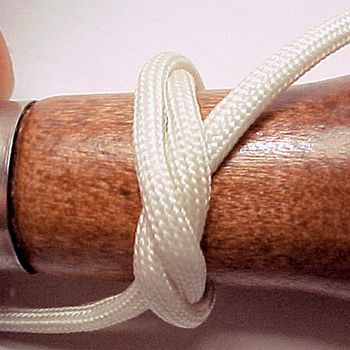
A step-by-step photo package illustrating application of a Miller's knot for veterinarians.

Dr. Crowe is chief of staff of Pet Emergency Clinics and Specialty Hospital in Ventura and Thousand Oaks, Calif. He is president of Veterinary Surgery, Emergency, and Critical Care Services and Consulting in Bogart, Ga. Dr. Crowe is one of the founding members of the American College of Veterinary Emergency and Critical Care. He is also a diplomate of the American College of Veterinary Surgeons, American College of Hyperbaric Medicine and a fellow in the American College of Critical Care Medicine. He is a certified fire fighter, nationally registered EMT-I and a paramedic instructor at Lanier Technical College in Oakwood, Ga. For more information, visit www.dtimcrowe.com, or e-mail, Traumadoc@dtimcrowe.com

A step-by-step photo package illustrating application of a Miller's knot for veterinarians.
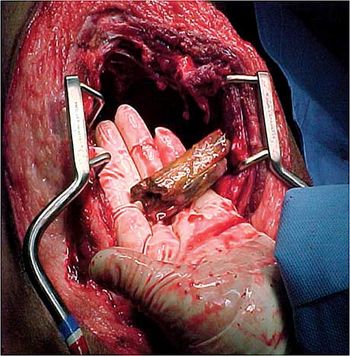
A step-by-step photo package illustrating application of a Miller's knot for veterinarians.
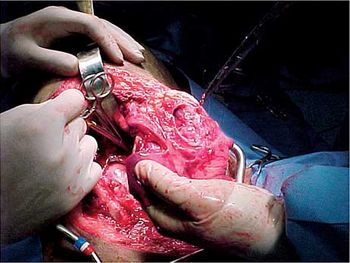
A step-by-step photo package illustrating application of a Miller's knot for veterinarians.
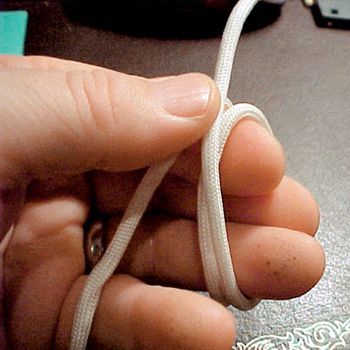
A step-by-step photo package illustrating application of a Miller's knot for veterinarians.
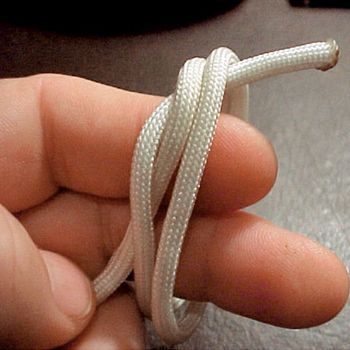
A step-by-step photo package illustrating application of a Miller's knot for veterinarians.
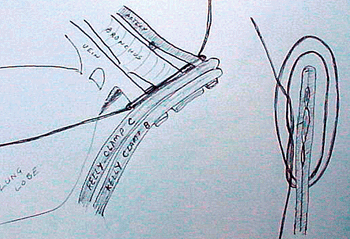
A step-by-step photo package illustrating application of a Miller's knot for veterinarians.
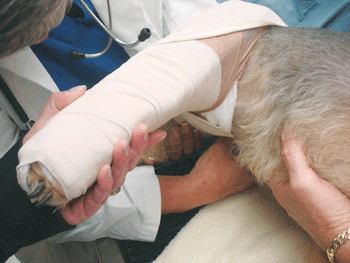
Part six of this step-by-step veterinary pictorial tutorial shows how to use newspaper to make spica, meta and back splints.
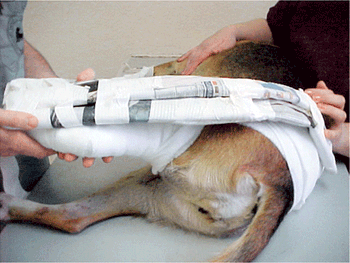
Part two of this step-by-step veterinary pictorial tutorial shows how to use newspaper to make spica, meta and back splints.
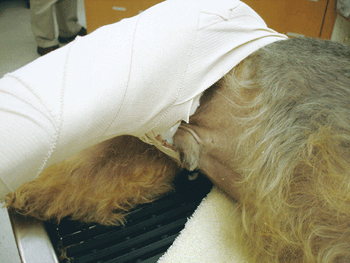
Part seven of this step-by-step veterinary pictorial tutorial shows how to use newspaper to make spica, meta and back splints.
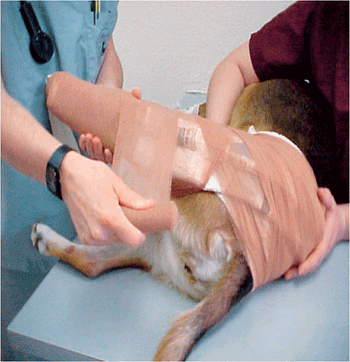
Part three of this step-by-step veterinary pictorial tutorial shows how to use newspaper to make spica, meta and back splints.

In this introduction to DVM Newsmagazine's step-by-step veterinary pictorial tutorial, Dr. Crowe explains the general indications for using spica, meta and back splints.
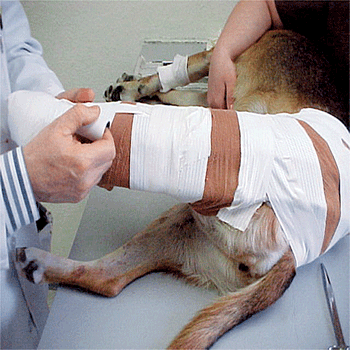
Part five of this step-by-step veterinary pictorial tutorial shows how to use newspaper to make spica, meta and back splints.
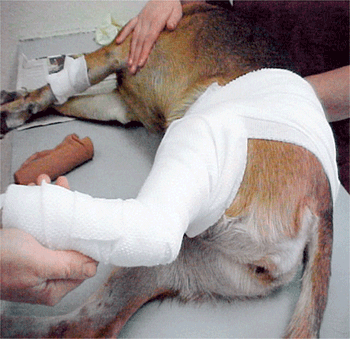
Part one of this step-by-step veterinary pictorial tutorial shows how to use newspaper to make spica, meta and back splints.
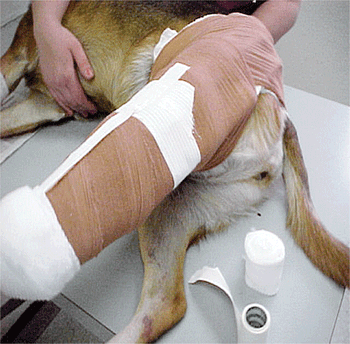
Part four of this step-by-step veterinary pictorial tutorial shows how to use newspaper to make spica, meta and back splints.
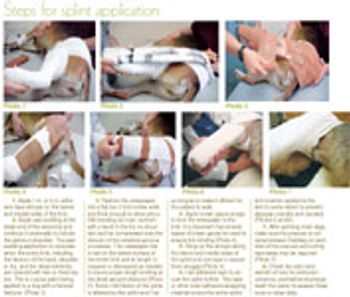
My experience with using newspaper to make spica, meta and back splints spans more than 30 years.
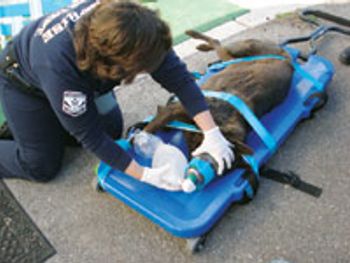
When a pet arrives that is obviously having labored and difficulty breathing, an immediate course of treatment is to provide supplemental oxygen at high concentrations.

This article presents new drugs and procedures that have been very helpful in leading to recovery, from lasers, to electromagnetic resonance, to hyperbaric oxygen chambers that do not cost an arm and a leg.

The information presented here on practical readiness is provided to help clinicians and staff manage patients in the most efficient way possible.

When a patient first arrives we have all been taught the ABCs of emergency care.

The principles of management of patients with severe lung disease and injury are summarized and the cases depicting the use if these management techniques are presented.

Commonly affecting the large-breed deep-chested breeds, gastric dilatation and volvulus syndrome has the potential to be a life-threatening problem.

A review of several cases that were "the worst of the worst" concerning their level of injury or illness. Without aggressive care they all were predicted to have died.

Practical management of severe wounds and open fractures begins with initial assessment and management.

Cardiac arrest leads to dysoxia in the brain mitochondria... energy failure.

The object of this review is to convey new scientific information and resultant practical techniques applicable to the care of the severely injured patient.

Learn the history of HBOT and see a list of suggested readings.
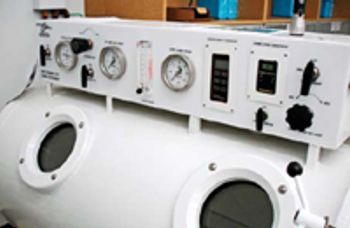
Only in the last 10 or 15 years has hyperbaric oxygen therapy become widely accepted, based on well-designed and controlled experimental studies in animals.
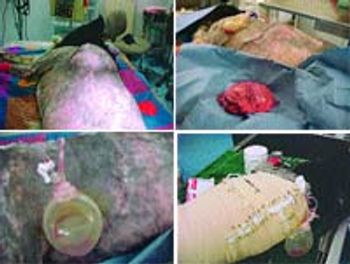
Dr. Tim Crowe outlines three practical surgical techniques that are effective in managing traumatic or surgical wounds.

This two-part article is based on experience, both positive and negative, that I have encountered through the years with the emergency procedures of thoracentesis and chest tube placement.